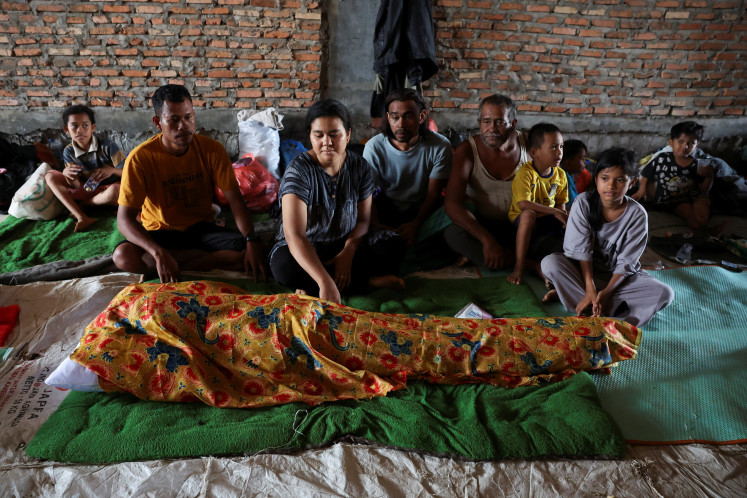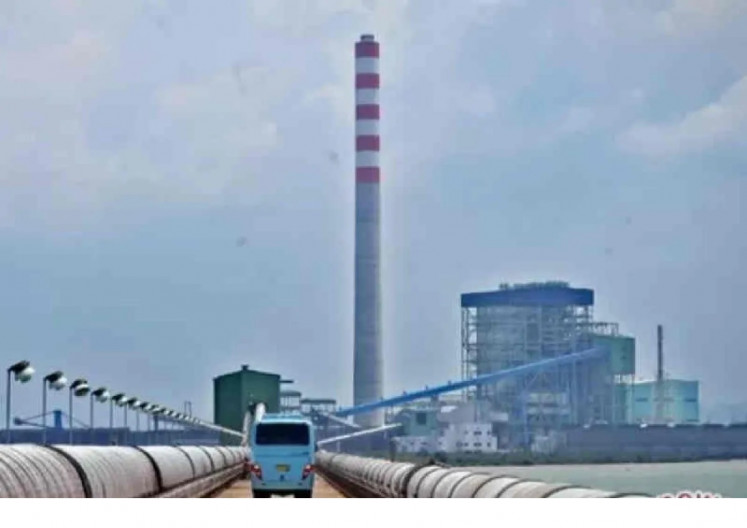Popular Reads
Top Results
Can't find what you're looking for?
View all search resultsPopular Reads
Top Results
Can't find what you're looking for?
View all search resultsPapua named worst region for income equality, Babel the best
The vast, mineral-rich province of Papua has the worst income equality in the country, with a Gini ratio of 0.43 percent, exceeding the national ratio of 0.4, according to the Central Statistics Agency’s (BPS) latest report.
Change text size
Gift Premium Articles
to Anyone
Ayomi Amindoni
The vast, mineral-rich province of Papua has the worst income equality in the country, with a Gini ratio of 0.43 percent, exceeding the national ratio of 0.4, according to the Central Statistics Agency’s (BPS) latest report.
Yogyakarta, West Java and Jakarta also recorded above-average gaps of inequality. At the opposite end of the scale, Bangka Belitung (Babel) province recorded the lowest ratio at 0.27, followed by Maluku with 0.29 and Central Kalimantan with 0.3.
BPS social statistics deputy head M. Sairi Hasbullah explained that the presence of mining companies in Papua, such as copper giant PT Freeport Indonesia, had create a huge gap in the region.
"In Papua, there are modern businesses such as those run by Freeport and others, while people are still living very traditionally. So it is very likely that there is a wide gap," Sairi said on Monday in Jakarta.
Meanwhile, the wide inequality gap in Yogyakarta was because low-income people in the region recorded low consumption compared to other regions.
"Actually, the consumption of the high-income group in Yogyakarta is not as high as in Jakarta. But the very low consumption of the low-income group there led to the gap being wider," he said.
The Gini ratio is an indicator measuring income distribution inequality. A coefficient of zero expresses perfect equality, while one (100 percent) implies maximal inequality. Indonesia's Gini ratio slightly declined by 0.01 to 0.40 in September 2015.
Sairi explained that the average Gini coefficient in urban areas had improved slightly from 0.43 to 0.42 because of sluggish export-import business activity, while in rural areas it was relatively stable at 0.33.
"The economic performance was down until September 2015 due to the sluggish global conditions. Exports fell, which decreased public income. Meanwhile, the Gini ratio in rural areas is relatively stagnant at a low level due to the wage increase," he said.
According to BPS data, the average spending per capita in urban areas increased to almost Rp 3,000,000 in September 2015, compared to Rp 2,600,000 in March 2015. In rural areas, average per capita spending increased from Rp 1,400,000 to 1,500,000 in the same period. (ags)










